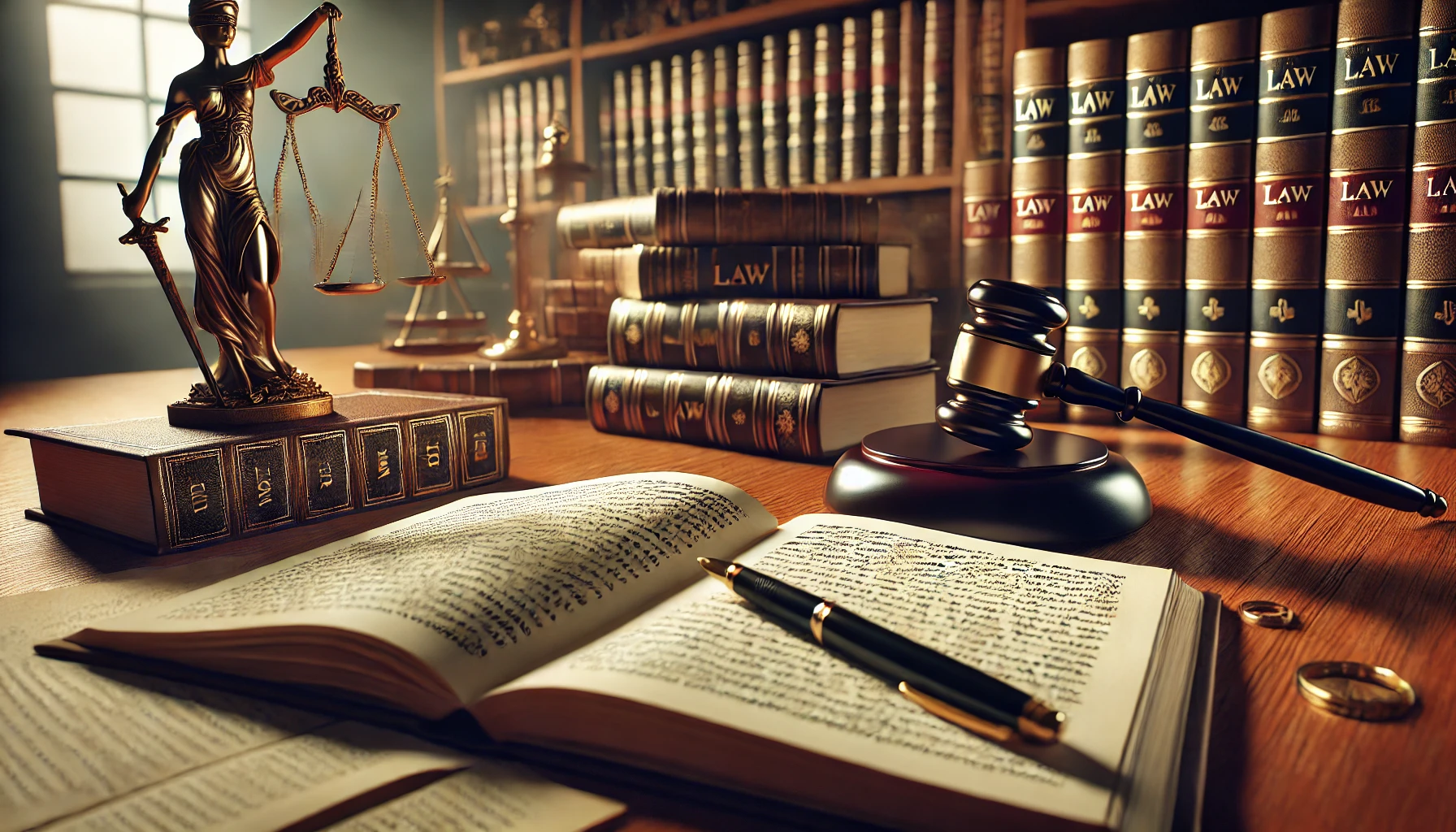AUTHOR : HASHIM AK, BBA LLB HONS STUDENT, GOVERNMENT LAW COLLEGE KOZHIKODE
Abstract
The Sabarimala Temple case, represents a pivotal moment in India’s legal and social history, encapsulating the tension between gender equality and religious freedom. Challenged as a violation of constitution the Supreme Court, which, in a landmark 2018 judgement, struck down the ban on Sabarimala entry of women. While celebrated as a victory for gender equality, the case also revealed deep societal resistance, underscoring the challenges of reconciling tradition with progressive constitutional values. The Sabarimala case remains a critical case study in the ongoing struggle to balance individual rights, religious freedom, and social justice in a pluralistic democracy.
Introduction
The relationship between gender equality and religious freedom is one of the most complex and contentious issues in contemporary societies. It represents a profound tension between the universal principles of human rights and the deeply rooted traditions of religious and cultural practices. In India, this tension came to the forefront with the landmark Sabarimala judgement, a case that not only challenged centuries-old traditions but also ignited a nationwide debate on the limits of religious freedom and the imperative of gender equality. The Supreme Court Judgement in Indian Young Lawyers Association v. State of Kerala[i] is a watershed moment in India’s legal and social history, offering a rich and multifaceted case study on the interplay between individual rights and collective religious practices.
Background
The Sabarimala Temple, located in Pathanamthitta, Kerala, is one of the most revered pilgrimage sites in India, dedicated to Lord Ayyappa, a celibate deity known for being a vanquisher of evil and guardian of truth in the Hindu religion. For centuries, the temple enforced a strict tradition barring women of menstruating age (between 10 and 50 years) from entering its premises. This practice was justified on religious grounds, citing the celibate vow and nature of the deity, Lord Ayyappa, and the belief that the presence of menstruating women would disrupt the temple’s sanctity. The tradition was codified in the Kerala Hindu Places of Public Worship (Authorisation of Entry) Rules, 1965, which legally sanctioned the exclusion of women.
However, this tradition came under scrutiny as it was seen as discriminatory and a violation of women’s constitutional rights. In 2006, the Indian Young Lawyers Association filed a public interest litigation (PIL) challenging the ban, arguing that it violated the fundamental rights to equality under Article 14, non-discrimination under Article 15, and freedom of religion under Article 25, which are guaranteed by the Indian Constitution.
Legal Battles
- In 1991, in S. Mahendran v. The Secretary, Travancore[ii], the Kerala High Court upheld this custom as an essential religious practice of the temple, ruling that it does not violate the constitution.
- Petitioners appealed to the Supreme Court of India, seeking to overturn the ban on women’s entry into Sabarimala. The case, Indian Young Lawyers Association v. The State of Kerala[iii] was heard by a constitutional bench.
- In September 2018, the Supreme Court delivered a landmark judgement, striking down the ban on women of menstruating age from entering the Sabarimala temple.
- Several review petitions were filed, challenging the judgement on various grounds, including religious freedom and the autonomy of religious institutions. The court agreed to hear these review petitions, leading to further legal proceedings. The legal battle is still going on.
Key issues
The major issues in the Sabarimala case were :
- Whether the prohibition on menstruating women’s entry violates the Right to Equality (Art 14) and the Right against Discrimination (Art 15).
- Whether Lord Ayyappa’s devotees are a separate religious denomination, hence responsible for managing the administration of their affairs in matters of religion.
- Whether the exclusion an ‘essential religious practice’ under Article 25?
Arguments
In Favour of the Ban
- The temple follows specific traditions and customs that are meant to be respected. The exclusion of women was a crucial religious practice and the ban applied only to women aged 10 to 50, in line with the deity’s celibacy, and thus deemed the exclusion reasonable.
- The Sabarimala is a religious denomination protected by Article 26 of the Indian Constitution, and the right of a religious denomination to manage its internal religious affairs is guaranteed by Article 26 of the Constitution.
- In Riju Prasad Sharma v. State of Assam[iv] 2015, the Guwahati High Court concluded that religious customs, protected by Articles 25 and 26 of the Indian Constitution, are not subject to challenge under other provisions of Part III of the Constitution.
In Against of the Ban
- Limiting temple access based on gender and age amounts to discrimination against women, violating their fundamental rights, especially the right to equality under Articles 14 and 15(3), which address sex-based discrimination.
- All persons are equally entitled to freedom of conscience and the right to profess, practise, and propagate religion freely under article 25 of the constitution. The exclusion of female devotees infringes upon that right.
- Religious customs should not reinforce discrimination and must adapt to social progress.
- Section 4 of the Kerala Hindu Places of Public Worship (Authorisation of Entry) Act, 1965, prohibits any regulations that discriminate against a Hindu on the basis of their caste or class.
- Restricting women aged 10 to 50 from entering the temple constitutes a form of untouchability, as menstruating women are excluded, thus violating Article 17 of the Constitution.
- The Lord Ayyappa Temple does not qualify as a separate religious denomination under Article 26, since the religious practices at Sabarimala, including Puja and other ceremonies, are similar to those conducted in other Hindu temples.
Judgement
High Court Judgement
The Kerala High Court, consisting of Justices K.S. Paripoornan and K.P. Balanarayana Marar, upheld the prohibition on women aged 10 to 50 from entering the temple, recognizing it as valid due to its adherence to long-standing customs and historical religious significance.
Supreme Court Judgement
The Constitutional Bench, comprised of Justice Dipak Misra (then Chief Justice), Justice Ajay Manikrao Khanwilkar, Justice Rohinton Fali Nariman, Justice Dhananjaya Yeshwant Chandrachud, and Justice Indu Malhotra, delivered its judgement on 28th September 2018. With a majority of 4:1, the court declared that the exclusion of women at Sabarimala violated the fundamental rights of women aged between 10 and 50 years. Rule 3(b) of the 1965 Kerala Act, which discriminates against women based on their gender, was ruled unconstitutional as it contravenes Article 25(1) and Article 15(1) of the Constitution.
The court ruled that every person is entitled to the fundamental right to practice their religion, as religion is a way to express one’s beliefs. The followers of Lord Ayyappa were not recognized as a distinct religious group and thus could not claim protection under Article 26 or Section 3 of the Kerala Hindu Places of Public Worship Act, 1965. The court noted that the practice of excluding women between the ages of 10 and 50 from the temple could not be regarded as an essential religious practice due to its inconsistent application.
Dissenting Judgement
Justice Indu Malhotra presented an argument that extended beyond constitutional principles to include the religious dimension. She suggested that the judiciary should avoid interfering in religious matters and highlighted that the principle of equality under Article 14 applies to the protection and practice of religion. She believed that the matter should be decided by the devotees and temple trustees, not the court. She also warned against applying rationality in religious issues, asserting that the age-based ban on women was an essential part of the tradition and should be maintained.
Critical analysis
The restriction on women of menstruating age entering the temple highlights deep-seated patriarchal beliefs and reinforces traditional gender norms. against women are inconsistent with the values enshrined in the Constitution. It has also sparked debates about judicial activism and the extent to which courts should intervene in matters of religious customs and traditions. Devotees viewed it as encroaching on their religious beliefs and temple customs. Although the court’s decision was made, resistance from temple authorities and devotees has led to ongoing discussions and legal conflicts regarding its enforcement. Ultimately, the Sabarimala case represents a broader struggle for social justice, gender equality, and religious pluralism in modern India.
Conclusion
The Sabarimala judgement is a landmark case that highlights the complex interplay between gender equality and religious freedom in a democratic society. While it represents a significant step toward dismantling gender-based discrimination, it also underscores the challenges of navigating the delicate balance between tradition, religion, and constitutional values. It calls for a collaborative effort to foster dialogue, understanding, and a shared commitment to the principles of justice and equality enshrined in the Constitution.
[i] Indian Young Lawyers Association V. State of Kerala (2018) 10 SCC 689
[ii] S. Mahendran V. The Secretary, Travancore Devaswom Board, AIR 1993 Ker 42
[iii] Indian Young Lawyers Association V. State of Kerala (2018) 10 SCC 689
[iv] Riju Prasad Sarma V. State Of Assam And Ors. (2015) 42 SCD 764



Leave a Reply